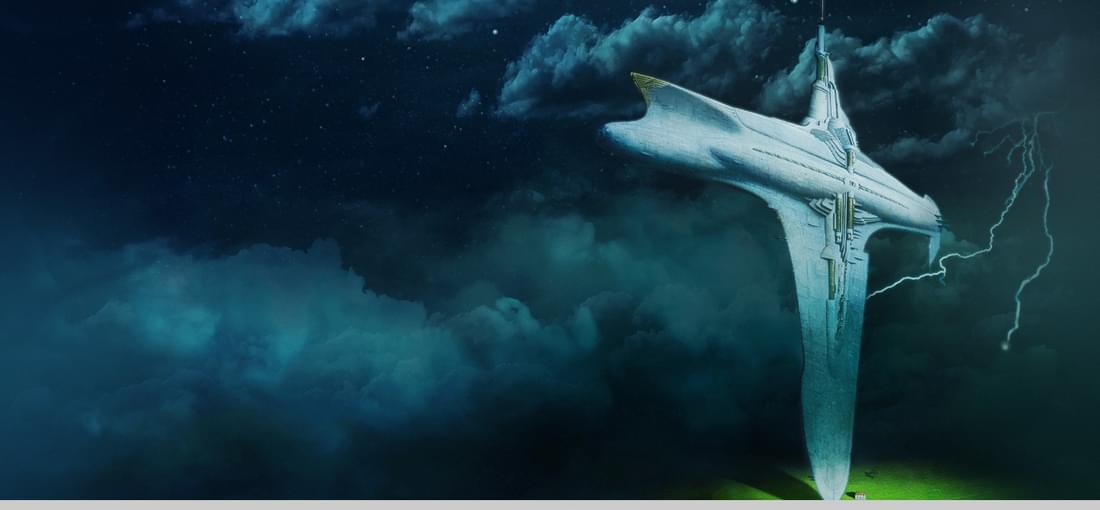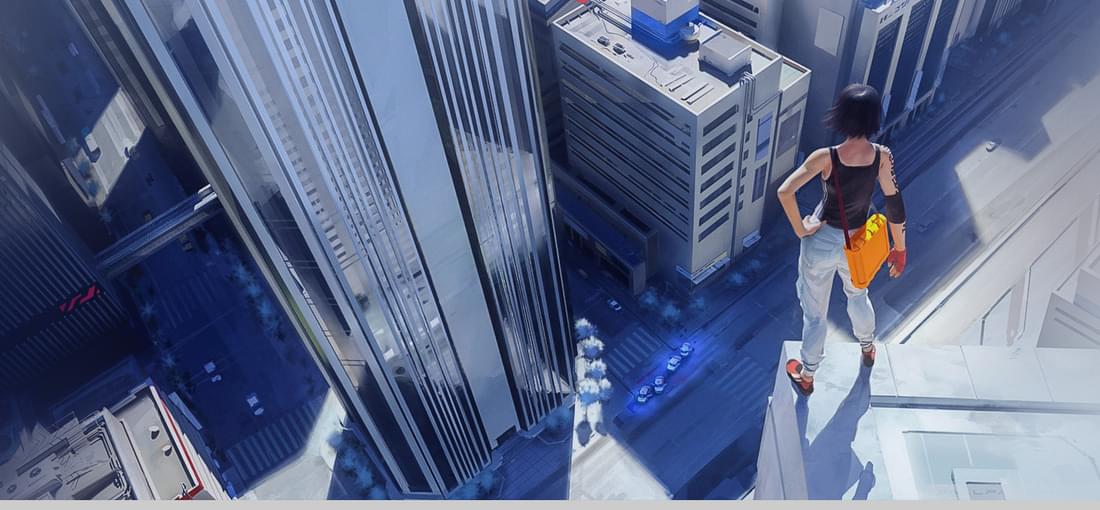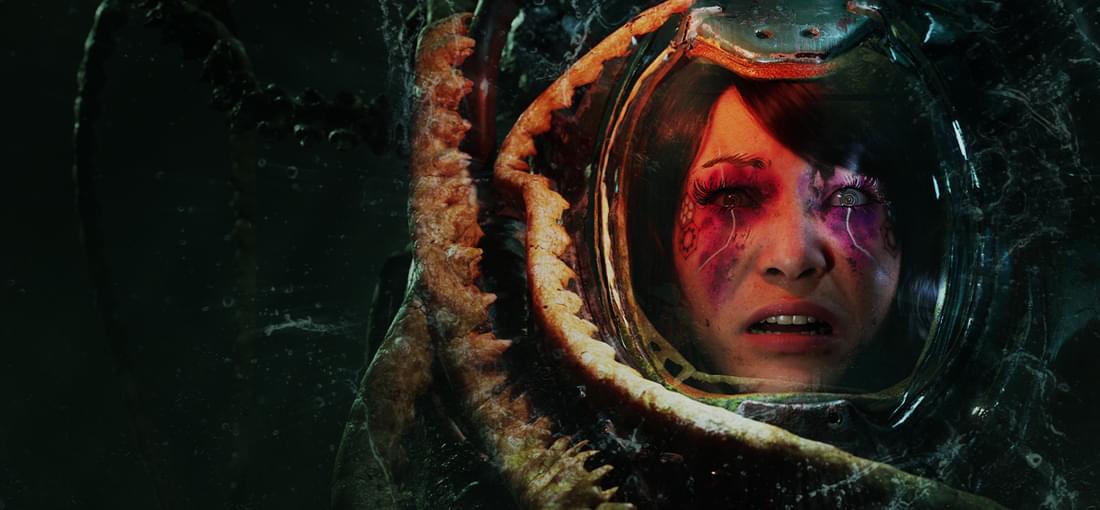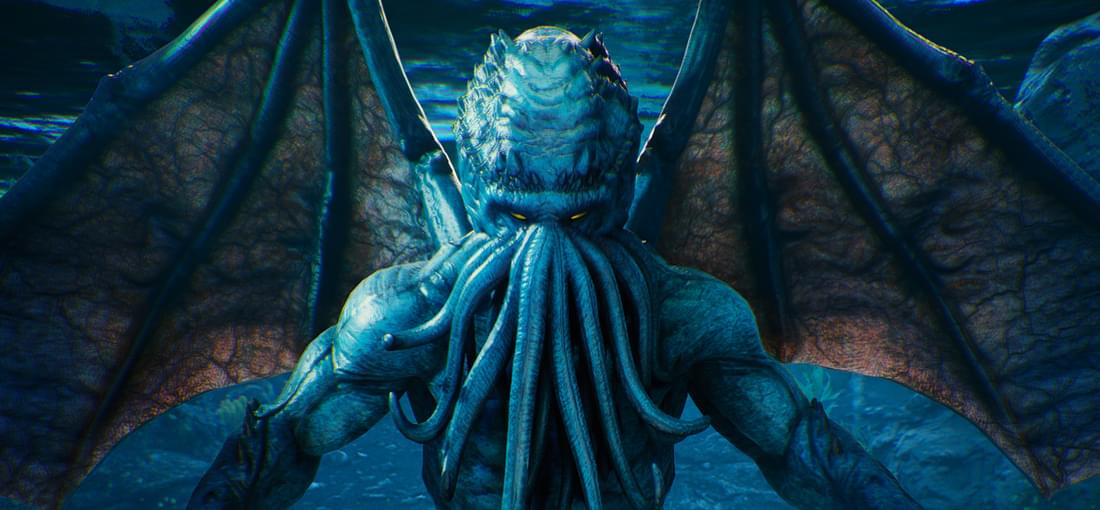


Ostensibly a Myst clone created by Douglas Adams in the 90’s, Starship Titanic brought something previously unseen to the proverbial table. Fully voiced characters with whom you interact by chatting with them. Literally. It's just debatable whether it worked or not. From the surfer dude BellBot to the domineering DeskBot they’ll all answer with fully voiced dialogue. And brief moments you’ll even manage snippets of impressively natural conversations. The key word being snippets. This is 90’s technology after all. A lot of the time will be spent rephrasing your question for the millionth time whilst they’ll humorously feign ignorance, mechanical failure, or downright disinterest. It’s therefore exceedingly difficult to pick out what is a clue and what is merely babble. That some puzzles have been designed during what I can only assume was an Ayahuasca induced trip doesn’t help matters, so you’re well within your rights to smash your keyboard in frustration at times. With that said. Does Starship Titanic warrant a playthrough? I’d say yes, if for no other reason than to sample something unique. But instead of bringing a towel I’d suggest a strategy guide and some wine. It’s a beautiful world to be in. The vast halls of the ship comes alive with Tannoy messages and calming music, and Douglas Adam’s brand of humor oozes from every pore. These days I boot the game up just to soak in the atmosphere and annoy the bots. And should you want to marinate further in Starship Titanic content I can suggest a trip down Internet Archive to look at www.starshiptitanic.com for the original website, and especially the Starlight Travel agency sub-site. I also found the tie-in novel by Terry Jones to be a worthwhile addition.

Mirror's Edge is a flawed but, more often then not, engaging. When you find your flow the parkour meld brilliantly with the minimalist, bright, and colorful cityscape. Ambient synth and more rapid trance-adjacent music match the tempo on screen as you leap and slide. And the story is simple but engaging set up that doens't get in the way of your running. It'sa game with little fluff or flab. Like it's visuals, it story and gameplay has a certain minimalist purity to it. Thankfully the game saves often though, because you'll fall and die. Or get shot. A lot. It's difficult to gauge distances, and you'll do plenty of leaps in blind faith hoping it's the right way forward as police swarm around you. Helping you navigate is "runners vision", where certain objects, like pipes or plywood, turn a stylish red against the mostly white backdrop for a directional hint. But it's not a perfect system, and you'll get plenty lost in the maze before you realize what route (or routes) the developers had in mind. Leading to a jerky path progression with few moments of true flow. Despite that I think it's mostly fun. I grit my teeth and try again. Almost grinding to a rhythm of die, jump, die, jump, success! And the worlds music and aesthetic makes me enjoy spelunking on the roof tops even when I do get lost. Give it a try for yourself. It's certainly unique.

The Bischoff Brothers have a nick for writing, so much is clear in this third outing. An outing you can play stand-alone, mind you. The atmosphere is still thick with greedy Machiavellian underhandedness, cold-blooded malice, and degenerate horror into which they place your outwardly innocent and bereaved protagonists. Thankfully (or soulcurshingly) countless personal logs and story developments reveal links of humanity that still tie us together despite the corrosive influence of Cayne Corporation. Revealing how, in the STATIS universe, most everyone is a victim one way or another. We see the game through a lens of solid art direction with an eye for detail, and with accompanying sound design and music that works really well to enhance the atmosphere. Voice acting is also strong and believable. Though if I were to nitpick, which feels unfair to a small studio like this, the 3D characters on a 2D isometric plane does give a slightly Sims like feel. And while the voice acting is strong the timing is sometimes stilted. Likely because actors were not recording in the same booth simultaneously. Small things you easily forgive and forget. As for the games puzzles, they are not difficult. And really, they shouldn't be. Removing the puzzles from Myst would let you end the game within an hour or two by pacing about and reading diaries. The lure there is in the challenge, not the story as such. Bone Totem took me neigh on 16 hours to complete on the other hand. And I spent precious little time on puzzle solving. And that wasn't because I'm brilliant. Far from it. The game helps you along at the slightest hesitation. And despite this it was 16 hours well spent exploring a well crafted, well narrated, story. And as the puzzles are generally well integrated into the world and its story, they form an extension of it. So in conclusion: A not so difficult and frighteningly well told story in the STATIS universe which anyone with a penchant for good stories should play.

The Shore is many things, but I wouldn't call it a game as such. It's more of an experience. An exceptionally well made proof of concept. That may sound harsh, but it comes from a good place. You see I absolutely loved The Shore. In short its a walking simulator with feint notes of Amnesia-esque horror that leaves you wanting much, much, more. The game oozes atmosphere with a story both succinct and well acted by the main cast. The lives of other unfortunate souls, gone to mysterious fates or found dead, scattered about like breadcrumbs in the games opening. And its Lovecraftian elements are on unapologetic, majestic, display. Brought out with a cohesive and beautiful aesthetic. You feel small. An ant in a giants world. And as you walk through the landscape the score is befittingly harrowing or bittersweet depending on circumstance. Why I say that the game is more a proof of concept is evident in its length and in the lack of refinement. Gameplay consists of walking or jogging about, with puzzles made up mainly of simple deductions and random clicking. The "combat" is made up of either running away or pointing a magical item at fiends. In many cases both. Some geometry and monsters also tend to clip, and there is a large amount of dead ends and invisible walls. While animations are decent overall they could also be better. Especially for larger creatures, whose inspiration of awe is diminished somewhat by stilted movement. The main issue is its length however. The games narrative tantalizes you with depths that go sadly unplumed as plot developments whip by at breakneck pace after the opening. It seldom lets its story unravel organically. There are so many questions, and details of Andrews and the islands past, I wish had been fleshed out as the game abruptly concludes its main story arc. As a proof of concept its a magnificent outing from developers I hope that we'll see more from in the future. They certainly have a good foundation to build on.